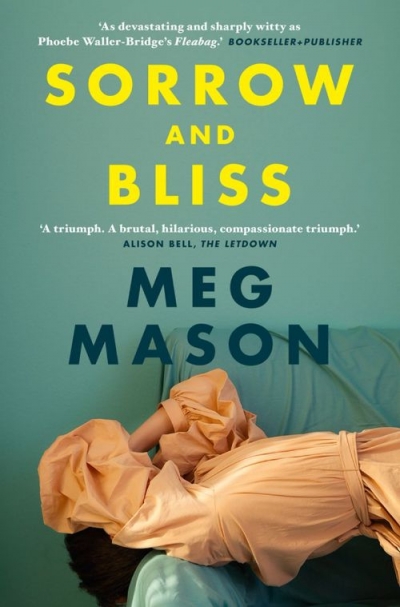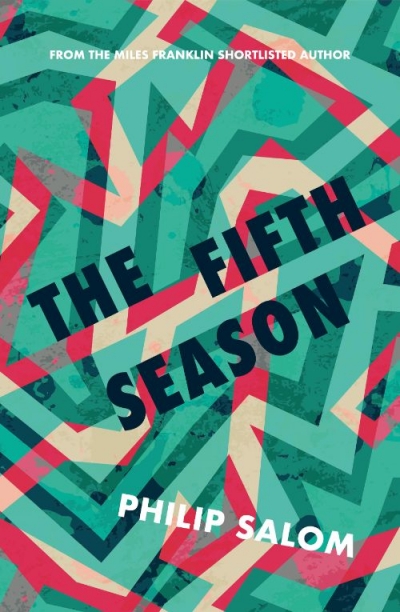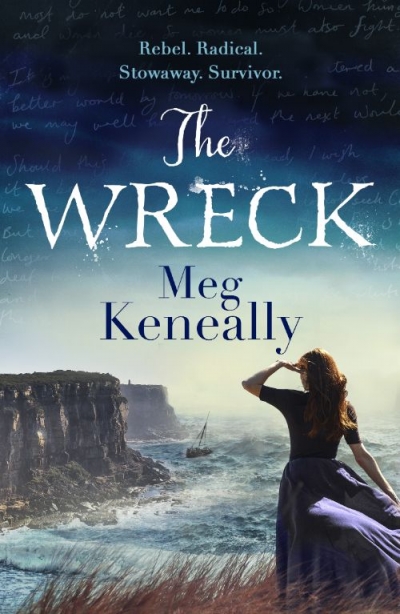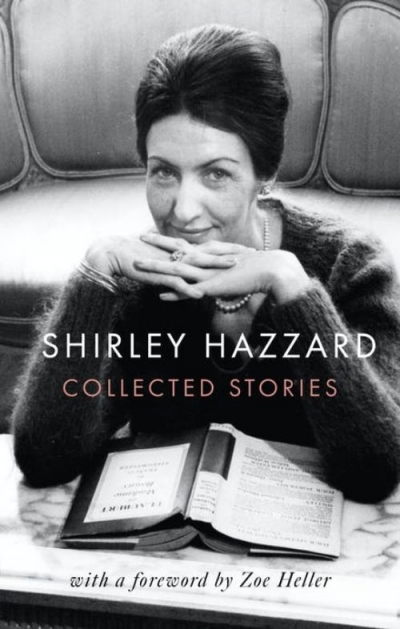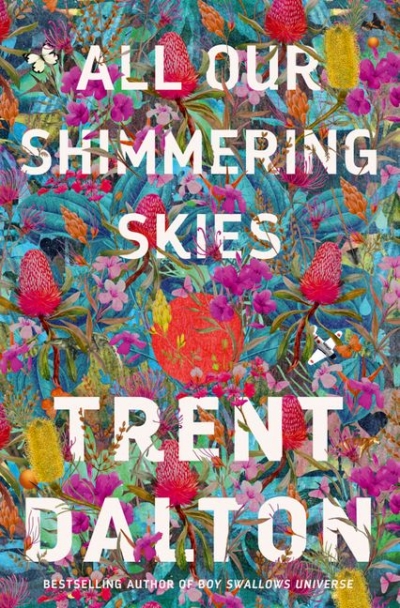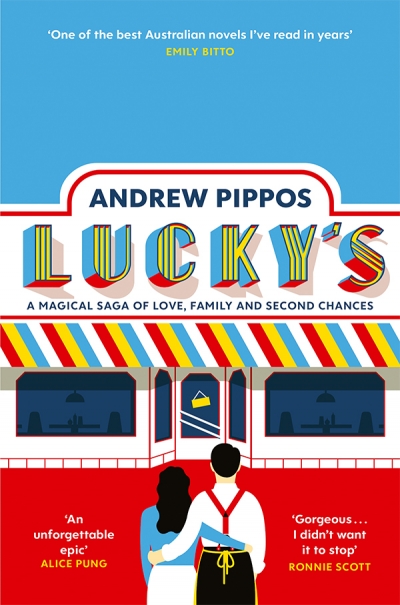Fiction
‘Literary talent,’ writes Martin Amis in his new ‘novel’, Inside Story, ‘has perhaps four or five ways of dying. Most writers simply become watery and subtly stale.’ Not so the eighty-three-year-old Don DeLillo, who has published seventeen novels over the last fifty years, all of them muscular, intelligent, prescient. In 1988, he told an interviewer from Rolling Stone, ‘I think fiction rescues history from its confusions.’
... (read more)For a protagonist that is self-professedly unlikeable, Martha commands attention – and is likeable. In Meg Mason’s tragicomedy Sorrow and Bliss, Martha navigates living with an undiagnosed mental illness. The novel solidifies Mason’s thematic preoccupations by revisiting those of her previous works: as in her memoir Say It Again in a Nice Voice (2012) and her first novel, You Be Mother (2017), the power of female relationships, loneliness, and the bleak humour of motherhood are apparent.
... (read more)In Western culture’s calendar year, is there some hidden fifth season, and if there is, what is it? The main character of Philip Salom’s fifth novel, a writer called Jack, asks himself near the end of the book whether the fifth season might be ‘Time, which holds the seasons together’, or perhaps the fifth season is simply ‘the Unknown’. Jack is preoccupied with the lost: with those people whose bodies are found but never identified, or those who, suffering amnesia, can’t be identified, but who need ‘to find their proper location in the story. In the seasons. A lost person must be allowed other dimensions.’
... (read more)In 1819, sixty thousand people gathered in St Peter’s Field, Manchester, to protest for parliamentary reform. Industrialisation had transformed a city of skilled tradespeople into factory workers, tariffs on imported grain kept food prices high, and few were eligible to vote. Although the protest was peaceful, local magistrates sent in the Yeomen and the Hussars who killed approximately eleven people and injured more than four hundred.
... (read more)The Collected Stories of Shirley Hazzard by Shirley Hazzard
When Shirley Hazzard was invited to give the 1984 Boyer Lectures, it was an astonishing break in tradition. Her twenty-three predecessors included only one woman, Dame Roma Mitchell, a supreme court justice who was later governor of South Australia. Except for architect and writer Robin Boyd, and poet and Bulletin editor Douglas Stewart, Hazzard was the only creative artist on the list. All her predecessors were well known for their public contributions to Australian life.
... (read more)The cover of All Our Shimmering Skies is crammed with surprises. Look closely among the Australian wildflowers and you’ll find black hearts, butterflies, lightning bolts, a shovel, a crocodile, a dingo, a fruit bat, a Japanese fighter plane, and a red rising sun. Trent Dalton has adopted a similar method in writing his second novel, which samples almost every genre you can think of, from war story to magic realism and Gothic horror to comedy. There are references to Romeo and Juliet and a nod to The Pilgrim’s Progress.
... (read more)Honeybee, Craig Silvey’s highly anticipated new novel, his first since Jasper Jones (2009), chronicles the coming of age of fourteen-year-old transgender narrator Sam Watson, who was assigned male at birth. This is a story of desperate loneliness and fear, of neglect, family violence, betrayal, and self-disgust. But it is also one of love and solidarity, a celebration of the kindness of strangers who become family and friends.
... (read more)A short story collection can have much in common with a collection of poetry, where each story pivots on attention to something particular and arresting – an image, a memory, the encounters with strangeness or beauty that can occur in a life. Individual stories build delicately towards such a moment, then fall away quickly, willing a reader to engage with feeling and suggestion rather than the comprehensiveness of narrative.
... (read more)Sofie Laguna does not shy away from confronting subject matter. Her first adult novel, One Foot Wrong (2009), is about a young girl forced by her troubled parents into a reclusive existence. Her second, The Eye of the Sheep (2014), which won the Miles Franklin Literary Award in 2015, tells the story of a young boy on the autism spectrum born into a family riven by poverty and violence. Her third, The Choke (2017), concerns a motherless child in danger because of her father’s criminal connections. Infinite Splendours is also about the betrayal of a child by the adults in his life, but here Laguna ventures into new territory, exploring the lasting impact of trauma on a child as he becomes a man, and whether the abused may become the abuser.
... (read more)In Andrew Pippos’s immersive and multi-layered début novel, Lucky’s, a tragic shooting that occurs in the last bastion of a Greek-Australian restaurant franchise becomes the fulcrum around which mental health, heartbreak, displacement, and toxic masculinity are explored.
... (read more)


